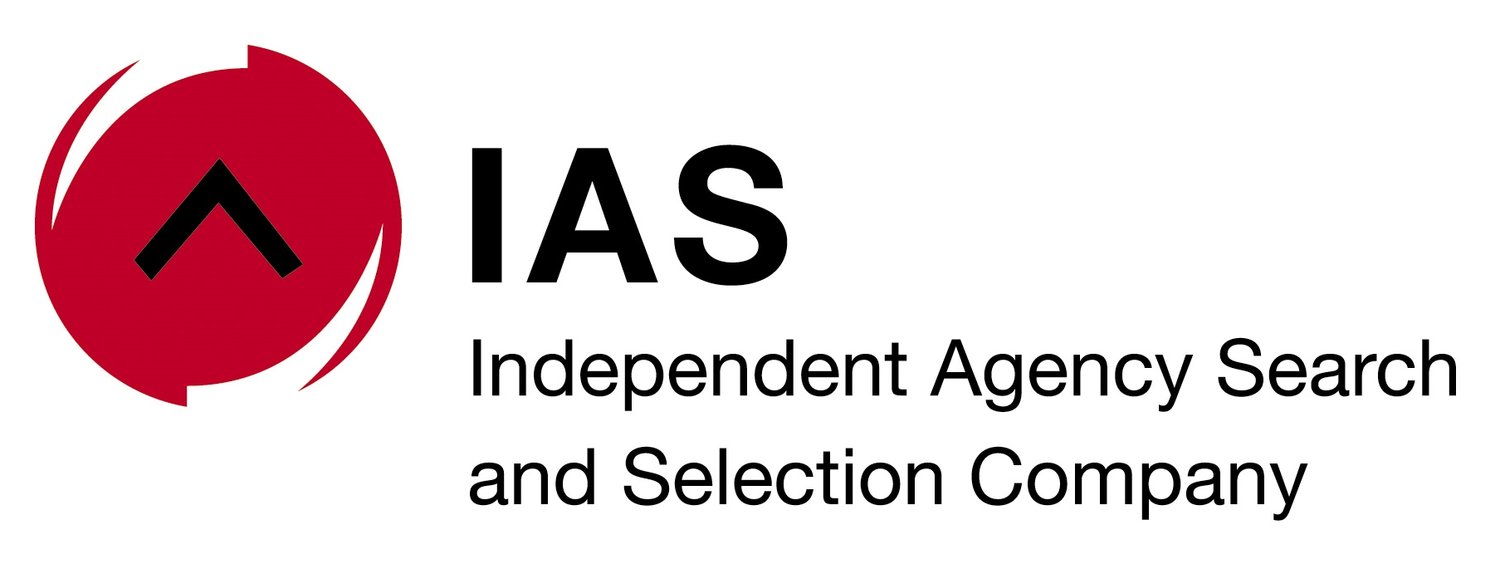Like all partnerships or collaborations, the client-agency relationship starts as a good fit, then needs to adapt to changes and company cultures to bring out the best in both parties.
The pitching process is much like a wedding - the excitement, stress, choices - and the big day. Then the honeymoon, where all is still aglow, So how do you keep the glow when the real work hits hard?
A walk-through of the process
In my experience, the early days are crucial to ironing out any personal and professional creases to get the relationship off to a good start and set it up for maximum opportunity for success.
It’s during this period that the establishment of working practices for all parties must be agreed on, and a blueprint of all teams’ key roles and responsibilities created.
In a pitch situation, a client and an agency may only have met each other two or three times before choices are made and almost strangers get together in what will be an intense relationship.
Clients want to know, these days, much more about agency methodologies and in a new relationship they want to know how the first 90 days will be handled by the incoming agency.
While there have been brief discussions about how they will work together and what each will do, they still need to determine how to make that work practically.
It is at this stage that a walk-through of what the process should look like is valuable and can set up the relationship for success.
The dreaded gap between agencies
In pitches we’ve run over the years, we’ve had calls from clients after two months saying, “It’s not working. I’m not getting the work I thought I was going to get. The people who are working on my business aren’t the ones I met in the pitch. We had to make minor changes to the campaign that was presented and I’m still waiting to see the work…”
This is what we want to avoid – and any agency that wins a pitch should want the same.
It’s not just about making the relationship work but that the new agency gets off on the right foot financially and can start producing the goods, recovering the costs of their pitch, and implementing campaigns.
When a client takes on a new agency there may well be a gap in output during the transition phase.
This spells gloom for many marketers who have an inherent fear of “the gap” and the time it takes for the handover. It is often where slipups occur.
The marketer is looking for a seamless handover and an agency that gets off to a flying start.
It is the possibility that this may not be the case rather than the actual selection of the agency, that keeps marketers awake at night leading up to a pitch.
Pain-points and passion
Knowing the pain points of both client and agency means we can introduce the teams, noting what each member’s responsibility includes, to create clear lines of communication.
Agencies need to spend time in the client’s business to see how it operates; almost being inducted into the business by key people.
Likewise, the marketer should spend time in the agency to understand how it operates, to determine what KPIs and even scope out the passion with which the agency works.
The better the understanding of both parties of the culture and work practices of the other, the better their chances of achieving results that will form the cornerstone of the relationship’s success.
Just as nobody would judge a marriage after a few months, I believe the first quarter is a good milestone for a working relationship - not to “ditch and run”, but to note where settlement cracks have appeared and can be dealt with before there’s structural damage.
You may also be interested in DON'T GET CAUGHT OUT AT PITCHING TIME

